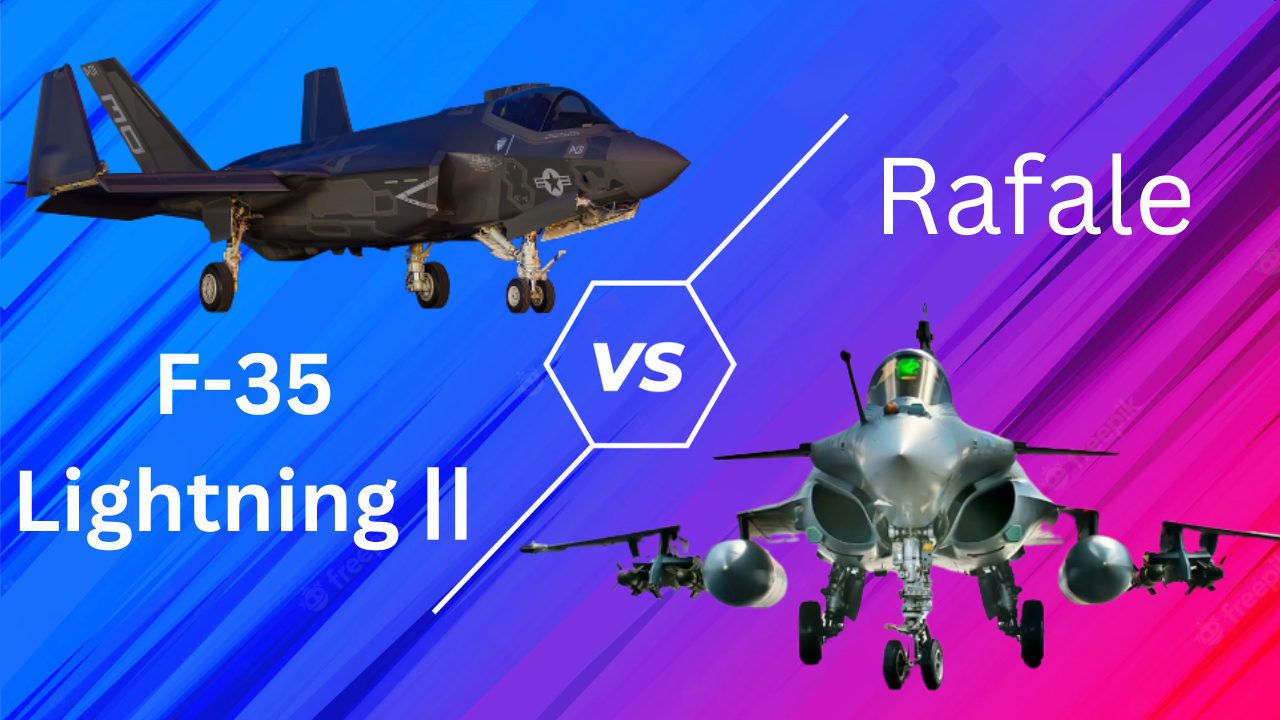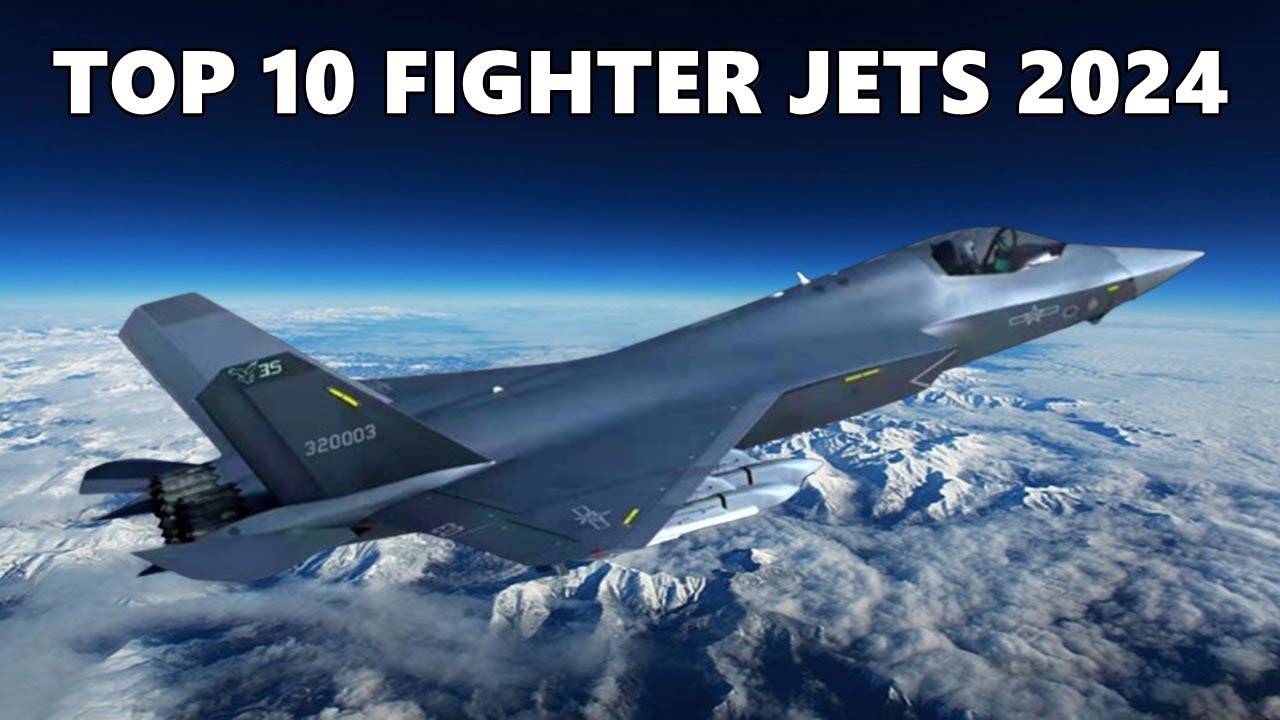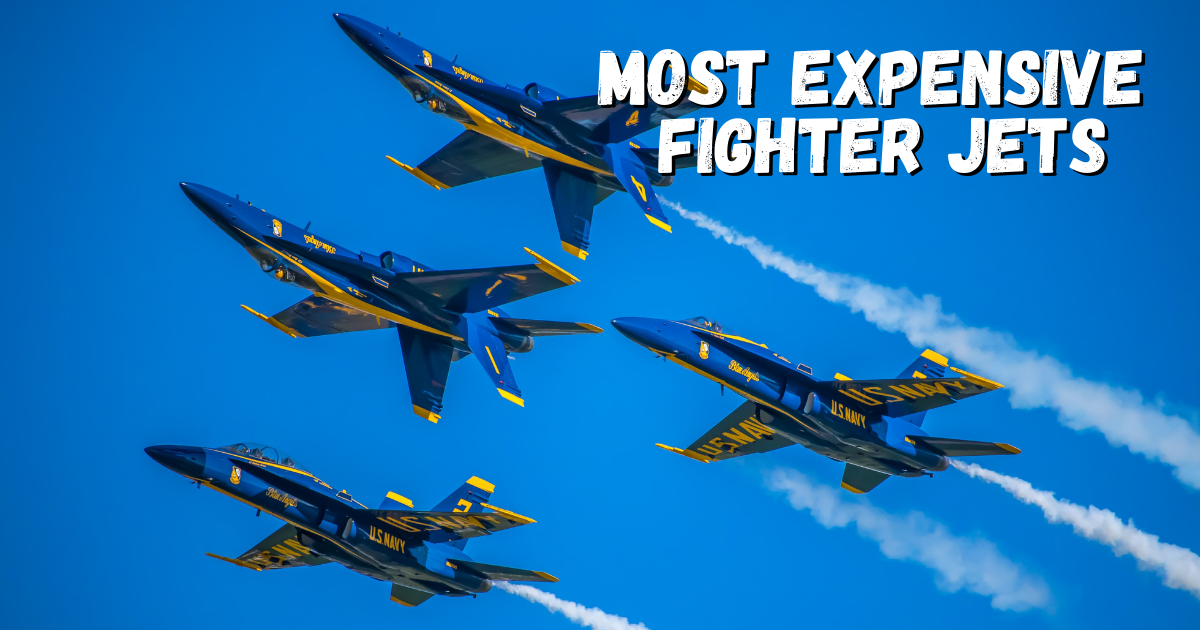
MIG-35 and F-35, hearing about these two names make our mind wonder how interesting their comparison could be. But why compare them?
- Because both the aircraft are potential and very powerful. One is of Russian origin and the other is from the United States.
- Both are known for their higher performance, maneuverability, and engine strengths.
MIG-35
Russian multirole fighter, the Mikoyan MIG-35, was created by Mikoyan, a part of United Aircraft Corporation (UAC). It is a brand-new export variant made by Mikoyan that combines the MIG-29M2’s contemporary equipment with an AESA radar. The MIG-29OVT’s thrust vectoring is a supplementary option for the fighter plane.
The aircraft is less dependent on ground-controlled interception (GCI) systems because of improved avionics and weapon systems, most notably the new AESA radar and the specially built optical locator system (OLS), and the MIG-35 is now capable of carrying out autonomous multirole missions.
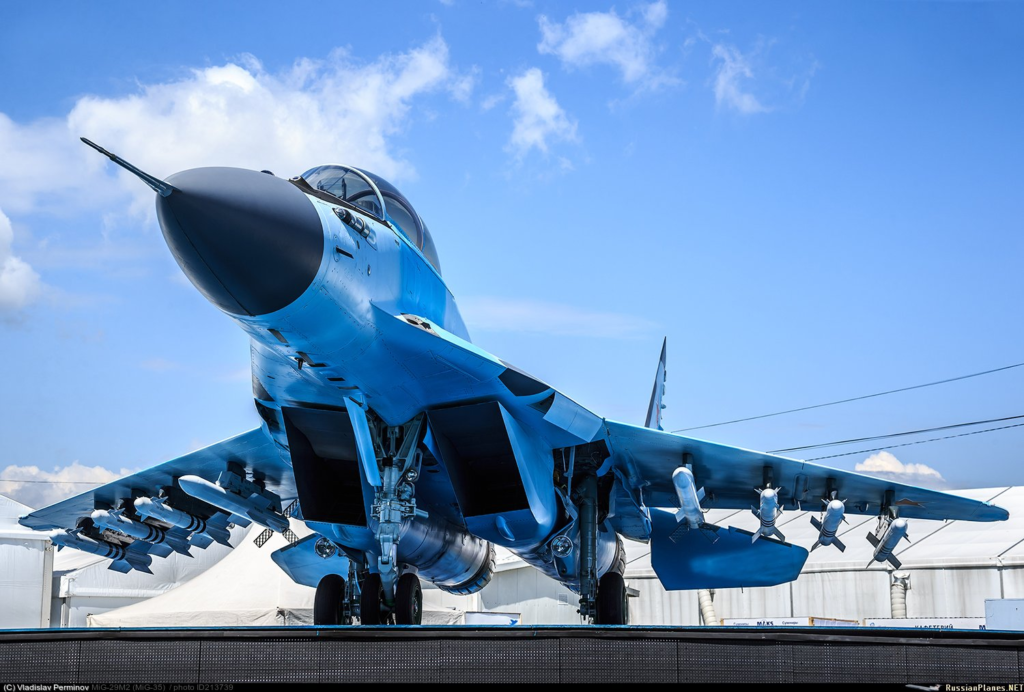
During Aero India 2007, MIG Corporation gave its first-ever official MIG-35 presentation to an international audience. The MIG-29M OVT has an export variant called the MIG-35 Fulcrum-F.
MIG-35 weapons
The Kh-31A anti-ship missiles with active radar seekers, the Kh-31P anti-radar missiles, the Kh-29TE missiles, and the KAB-500Kr TV-guided bombs are all part of the aircraft’s arsenal of guided weaponry. Additionally, the fighter can use KAB-500L laser-guided bombs and Kh-29L air-to-surface missiles when outfitted with an external optical/laser targeting pod. The aircraft will be able to engage ground and airborne targets thanks to this weaponry.
Elettronica, based in Italy, and Mikoyan inked a contract in 2007 to enable the integration of the ELT/568(V)2 self-protection jammer into the MIG-35. The jammer provides self-defense against anti-aircraft weaponry that is controlled by radar.
MIG-35 AESA Radar
The MIG-35 is the first Russian aircraft to have active electronically scanned array radar installed. The 160 modules that make up the Zhuk-antenna MA’s each have four receive and transmit modules. It is thought to have a 300km (186mi) radius for surface ships and 160km (100mi) for air targets.
OLS gives the MIG-35 the ability to detect targets and aim weaponry, similar to radar. But because OLS doesn’t emit anything, unlike radar, it cannot be found. It acquires the image and then analyses it, just like a human eye.
The MIG-35’s OLS is thought to aid pilots in spotting even the USAF’s stealth aircraft. OLS has a set of strong optics with IR vision that prevent any plane from hiding and are extremely powerful.
Variants of MIG-35
- MIG-35 – Single-seat variant
- MIG-35D- Two-seat variant
- MIG-35S- Single-seat serial. The variant has an extra fuel tank in place of the second pilot seat.
- MIG-35UB- Two-seat serial
F-35
The F-35 Lightning II, produced by Lockheed Martin, is a member of a series of American single-seat, single-engine, all-weather stealth multirole combat aircraft designed to carry out air superiority and strike missions. It also has the ability to conduct electronic warfare and perform intelligence, surveillance, and reconnaissance missions.
The F-35 first took to the air in 2006, and the first production models entered service with the United States Marine Corps in July 2015, the United States Air Force in August 2016, and the United States Navy in February 2019. Israeli military pilots first flew the plane in a real fight in 2018.
Weapons
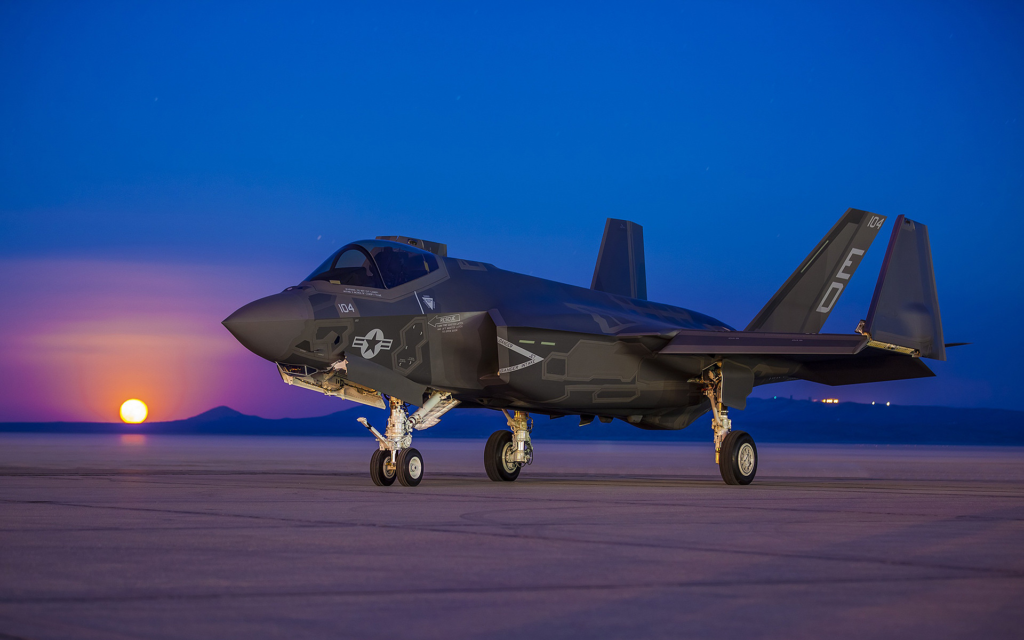
Prior to the landing gear, there are two parallel bays for carrying weapons. Two hardpoints are installed in each weapons bay to accommodate a variety of missiles and explosives.
The following weapons need to be cleared for internal carriage:
- JDAM – joint direct attack munition
- CBU-105 WCMD (wind-corrected munitions dispenser) for the sensor-fused weapon
- JSOW (joint stand-off weapon)
- Paveway IV guided bombs
- Small diameter bomb (SDB)
- AIM-120C AMRAAM air-to-air missile
- Brimstone anti-armor missile.
For external carriage:
- JASSM – joint air-to-surface stand-off missile
- AIM-132 ASRAAM, AIM-9X Sidewinder
- Storm Shadow cruise missile.
Cockpit and Avionics Systems
The panoramic cockpit display system, which will have two 0.25m x 0.22m active-matrix liquid crystal panels and a display management computer, has been developed by L-3 Display Systems, which is now a part of L3Harris.
The following will contribute to the avionics systems of the F-35:
- Controls for the side stick and throttle on BAE Systems avionics
- Advanced helmet-mounted display from Vision Systems International
- Alternative helmet-mounted display from BAE Systems Platform Solutions based on the binocular helmet being developed for the Eurofighter Typhoon
- Ball Aerospace’s integrated body antenna suite for communications, navigation, and integration (CNI).
- Advanced avionics systems, infrastructure, image processing, digital map software, fiber optics, high-speed communications links, and a component of the Communications, Navigation, and Information (CNI) system are all provided by Harris Corporation (now L3Harris).
- Inertial navigation/global positioning system (INS/GPS), air data transducers, and radar altimeter all come from Honeywell.
- 24-channel GPS with a digital anti-jam receiver from Raytheon (DAR).
Variants of F-35
In July 2006, the single-seat fighter was officially named the F-35 Lightning II. There are three different types of the F-35: the short take-off and vertical landing (STOVL) F-35B, the conventional take-off and landing (CTOL) F-35A, and the carrier-based F-35C (CV).
MIG-35 vs F-35
Specifications
Basics
| Data | MIG-35 | F-35 |
| Origin: | Russia | United States |
| Year: | 2020 | 2016 |
| Crew: | 1 or 2 | 1 |
| Production: | 10 units | 785 units |
Dimensions
| Dimensions | MIG-35 | F-35 |
| Length: | 17.3 m (56.8 ft) | 15.4 m (50.5 ft) |
| Width/Span: | 12 m (39.4 ft) | 10.6 m (35 ft) |
| Height: | 4.7 m (15.4 ft) | 5.2 m (17 ft) |
Weight
| Weight | MIG-35 | F-35 |
| Empty weight: | 11,000 kg (24,251 lb) | 13,290 kg (29,300 lb) |
| Gross weight: | 17,500 kg (38,581 lb) | 22,471 kg (49,540 lb) |
| Max take-off weight: | 24,500 kg (54,013 lb) | 31,751 kg (70,000 lb) |
Performance
| Specs: | MIG-35 | F-35 |
| Max speed: | 2,400 km/h (1491 mph) | 1930 km/h (1200 mph) |
| Range: | 2000 km (1243 mi) | 2,220 km (1,379 mi) |
| Combat range: | 1,000 km (620 mi) | 1,239 km (770 mi) |
| Ceiling: | 16,000 m (52,000 ft) | 15,000 m (50,000 ft) |
| g limits: | +9 -3 | +9.0 |
| Rate of climb: | 330m/s (65,000 ft/min) | 230 m/s (45,000 ft/min) |
Maneuverability
MIG-35
The MIG-35, an extremely nimble air superiority fighter, made its public debut in August 2005 at the MAKS Air Show outside of Moscow. The RD-33 OVT thrust vectoring control engines power the fighter. The RD-33 OVT engines improve the fighter’s capabilities in close air-to-air encounters and offer improved mobility.
The MIG-35 has super-maneuverability, the ability to fly at supercritical angles of attack at higher levels of sustained and available g-loads and high turn-angle rates, which calls for a higher thrust-to-weight ratio and superior wing aerodynamic efficiency.
F-35
The F-35 is actually highly maneuverable, unlike what the media claims. The F-35’s handling is praised by pilots, and it has been known to defeat F-16s in simulated dogfights despite carrying both a bomb load and missiles. It won’t be as maneuverable as an air superiority fighter because it was made for multiple uses rather than a single one like the F-22.
However, if opponents estimate it based solely on its size and shape, they will be shocked by its maneuverability. It can turn so quickly that the pilot will pass out, has thrust vectoring, and is impressively maneuverable.
Engine
MIG-35
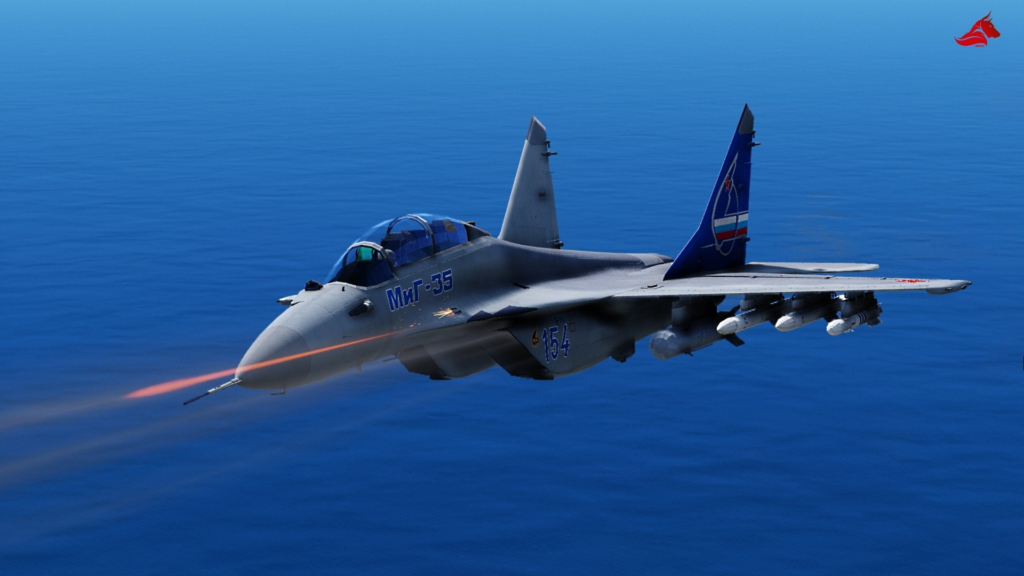
The MIG-35 is propelled by two RD-33MKBs, each of which can be equipped with KLIVT (Klimovskij Vektor) swivel-nozzles and a thrust vectoring control (TVC) system. The MIG-35 has an advantage in combat thanks to its TVC and sophisticated missile warning systems.
Due to the use of contemporary materials in the production of cooled blades, RD-33 engines produce 7% more power than the standard model. The engines produce 9,000kgf of above-average thrust.
The smokeless RD-33 engines are equipped with technologies that lessen optical and infrared visibility. Vectored-thrust nozzles might be added to the engines, which would increase combat effectiveness.
Thrust vectoring research and development in Russia began in the 1980s. The Su-30 MKI aircraft is the outcome of the pioneering work of the Sukhoi engine design bureaus.
Three hydraulic actuators positioned around the engine nacelle at 120° intervals help the engine achieve all-aspect vectoring by deflecting the nozzles.
This allowed the MIG-35 to fly at extremely low speeds without being constrained by angle-of-attack restrictions and made sure that it would continue to be controllable for extended durations in zero-speed and “negative-speed” regions.
F-35
The Pratt & Whitney F-135 low-bypass augmented turbofan engine, which is a derivative of the F119 in the F-22, powers all three variants.
Two BAE Systems full authority digital electronic control (FADEC) systems are installed in each engine. The transmission is being provided by Hamilton Sundstrand.
The F-35B’s STOVL propulsion comes from the engine’s connection to a shaft-driven lift fan system. Rolls-Royce Defence’s counter-rotating lift fan produces over 9071 kg (20,000 lb) of thrust. As the fin spins up, it creates a vertical lift, and doors mounted above and below the fan open.
The exhaust nozzle can rotate on three bearings on the main engine. The necessary STOVL capability is provided by the nozzle, which is augmented by two roll control ducts on the inboard section of the wing, and the vertical lift fan.
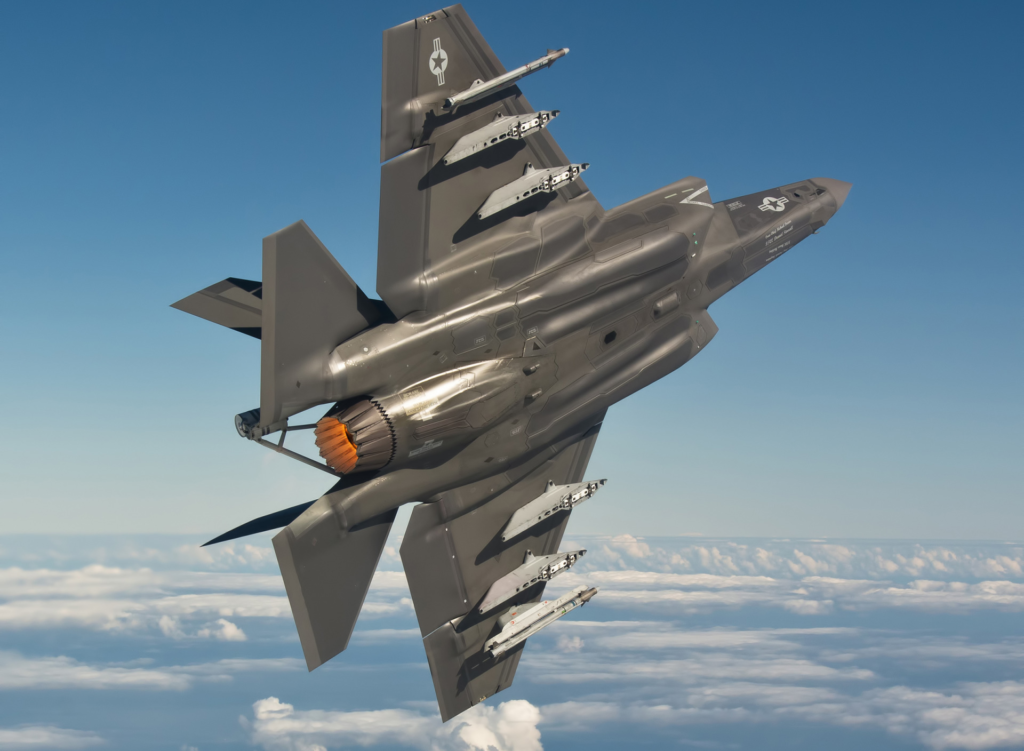
FAQ
What is special about the F-35?
The F-35 is equipped with the most cutting-edge sensors yet seen in a fighter aircraft, including radar with active electronically scanned arrays (AESA), a distributed aperture system (DAS), an electro-optical targeting system (EOTS), and a head-mounted display system.
Why is the F-35 called Lightning II?
The United States Air Force (USAF) is the primary user of the F-35, therefore on July 7, 2006, they formally revealed the name: Lightning II, in homage to Lockheed’s twin-propeller Lockheed P-38 Lightning for the United States Army Air Forces during World War II and the Cold War-era jet fighter.
How many F-35 does the U.S. have?
The Department of Defense presently uses over 450 F-35 aircraft, with plans to expand to around 2,500 by the middle of the 2040s.
Which is better, the MIG-35 or Rafale?
I would claim that the Rafale is superior to the MIG-35 due to its superior multirole capabilities, made possible by its more advanced technologies. RCS is reduced in Rafale due to its design. The MIG-35 is more nimble because its thrust vectoring nozzle allows it to make sharp turns at a wide range of velocities. The pinnacle of performance in intimate combat.
Is MIG better than Sukhoi?
Not only does the Su-35 appear to be the more potent of the two, but it also is the more expensive option. The MIG-35 still has several benefits, including low operating costs.
What engine does an F-35 use?
Currently, among the most potent fighter engine in the world is the Pratt & Whitney F135. Despite carrying its full complement of internal weapons and fuel, the F-35 is a long-range, supersonic fighter capable of speeds of up to Mach 1.6.

